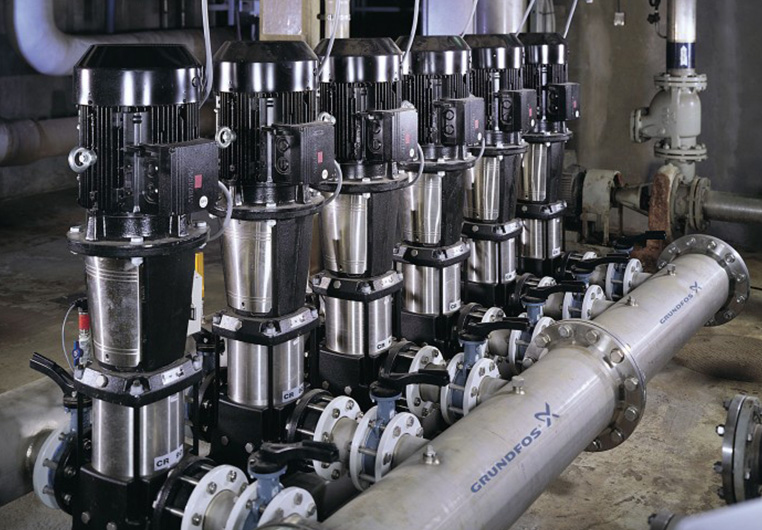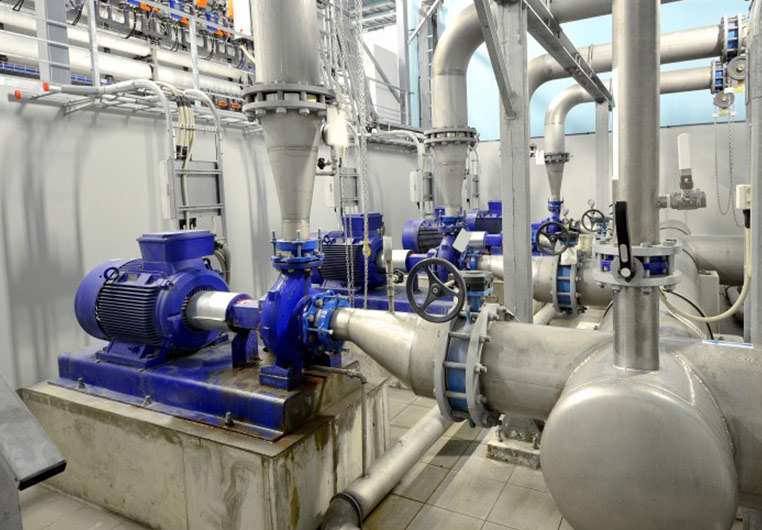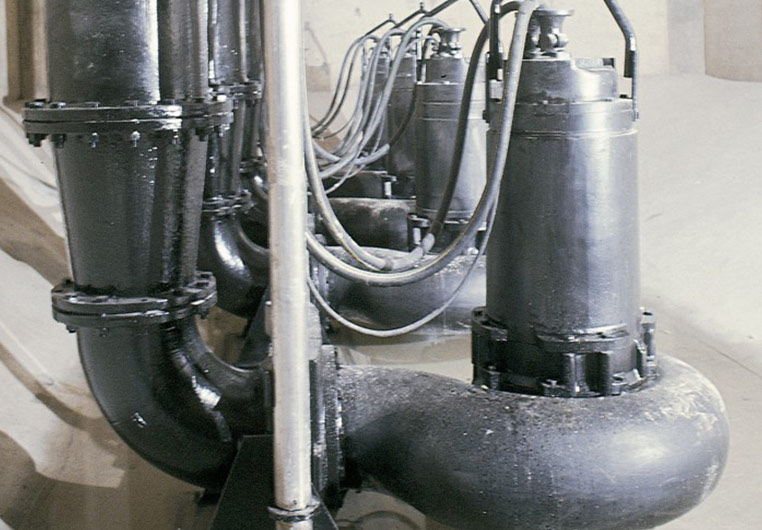Maintain pressure with 6 set points
 Posted on 23rd October, 2017 by Dura Pump
Posted on 23rd October, 2017 by Dura Pump 
“Good maintenance is the best defence against breakdown and spiralling call-out charges.”
John Calder, pump system consultant
The failure of cold-water booster sets can be costly and time consuming. Here we have identified 6 problem areas and how they can be avoided…
1. Noise and Vibration
In a cold-water booster set, noise and vibration are often associated with motor-bearing malfunction, failure of the bearings within the wet end of the pump, or faulty non-return valves.
The solution:
All of these issues can be avoided with regular maintenance and inspection. Many modern pumps with integrated inverters monitor these issues and should give advance warning before the booster set fails.
2. Leaks
Leaks commonly occur from the mechanical seal or the wet-end O-rings. The life of a mechanical seal is generally 5-10 years, but this can be reduced drastically by the booster set running with no water, which can result in instant failure.
The solution:
Modern inverter systems can monitor performance and turn them off automatically to protect them. Alternatively, level-control equipment can be fitted in the supply tank to turn off the pumps when a low-level situation occurs. Specifiers should ensure there is adequate dry-run protection in place.
3. Pipework Failure
Pipework failure is often the result of a booster set running incorrectly – for example, suddenly turning on or off, or by excess pressure being generated in the pipework.
The solution:
This can be avoided by having a correctly sized and positioned pressure vessel, or by installing inverter drives that allow the pumps to ramp up to the correct speed in a controlled way. The time will depend on the size of the system/pump, but typically it would take 4-10 seconds.
4. Inconsistent Water Pressure
Inconsistent water pressure is normally a result of the incorrect specification or set-up of the booster set. It can also be caused by the supply pipework into the building being too small for the demand of water within the premises.
The solution:
In the case of a fixed-speed booster set, the correct adjustment of the vessel pressure and the run timers is key to getting a consistent water pressure. With a variable-speed booster set, the correct setting up of the inverters should give a very consistent water pressure.
5. Pump failing to cut in or not turning off
A common cause of this is the failure of the sensor/switch, or, if the pumps have been cycling frequently, it may be that they have cut out and turned off the motor thermistors. The pressure vessel may also be over-or undercharged.
The solution:
When the pump fails to cut in, the initial check should be to establish that the power is on. Alternatively, the pipework may be blocked with debris; this can be checked easily, by inspecting the signal from the sensor. Also check that there are no isolation valves shut on the circuit to the sensor, or on the pipework to the sensor.
6. Legionnaires’/ Contamination
Contaminants can pass into the mechanism of the pump and block the impellers, resulting in reduced performance. Legionnaires’ disease problems can occur when a pump runs consistently against a dead head, causing water to heat up within the pump and creating an ideal breeding ground for legionella bacteria.
The solution:
Booster set feed tanks should be cleaned and inspected on an annual basis, because contamination – along with bacteria – can build up in the bases of these tanks. The key here is maintenance, cleaning out the tank, and servicing the booster set.
Would you like more advice on how to correctly maintain your system? Contact our team of experts today.




